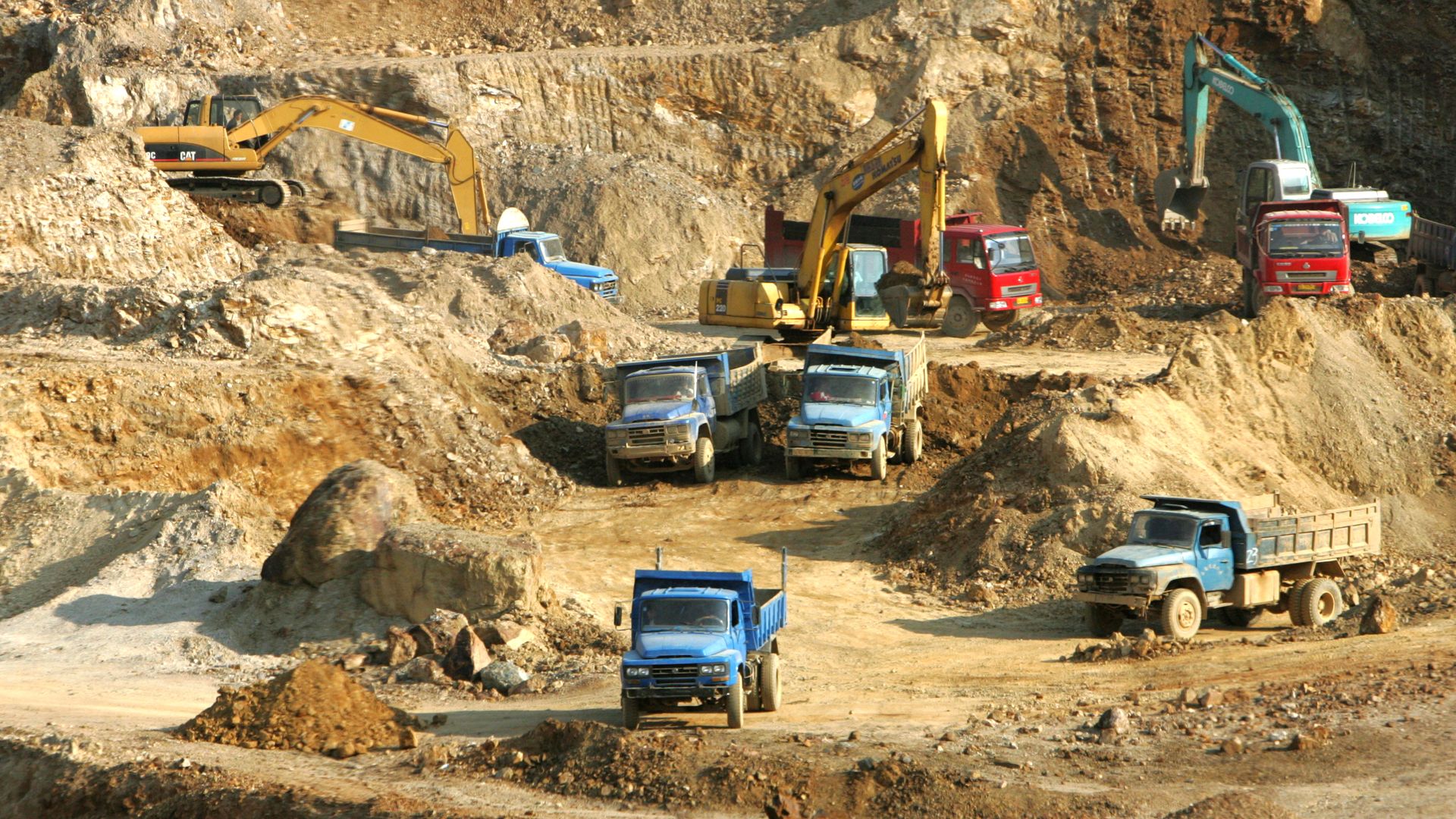Rare earth minerals, known for their immense value to the global economy, have become a focal point for the United States. Lawmakers and leaders want to boost domestic production to reduce reliance on foreign adversaries like Russia and China. Mineral exploration company NioCorp is working to establish a first-of-its-kind mine in the Midwest that would extract some of these elements, but concerns remain regarding the potential impact of the facility’s construction and operation on the surrounding environment.
The proposed mine, set to be built in Elk Creek, Nebraska, will involve drilling approximately 1,500 feet underground and span over 60 acres of land. NioCorp claims to be taking steps to minimize the project’s overall environmental footprint and has developed strategies to reduce waste production. These efforts include limiting air emissions, ensuring no discharge of wastewater, and advancing research for recycling and reusing chemical materials that were previously destined for disposal.
“We’ve done very extensive environmental studies of the plant area and some off-site areas, and by doing those studies, and doing them up front, we can avoid impacting sensitive areas of the environment,” NioCorp COO Scott Honan said. “This work illustrates how strongly NioCorp is committed to reducing our net greenhouse gas emissions when and where we can. Niobium, scandium, titanium, and the rare earths all play critical roles in reducing greenhouse gas emissions in the products in which they are used.”
The company has emphasized its commitment to sustainability with this project, citing environmental, social, and governance (ESG) principles as fundamental to its core values. NioCorp CEO Mark Smith has asserted his organization’s dedication to minimizing the ecological impact of the mine.
“Environmental, social, and governance factors can and should play a major role in any business, particularly those involved in natural resource development,” Smith said. “These factors are fundamental to NioCorp’s core values. Moreover, implementing the proper corporate ESG culture can be good for the environment and for business.”
Despite these pollution-mitigating techniques, rare-earth mining still carries significant risks to the environment. According to the Harvard International Review, for every ton of rare earth minerals produced, as much as 12,000 cubic meters of waste gas are released into the surrounding area. Additionally, each ton of mined materials results in the production of two thousand tons of toxic waste.
“Rare earth mining is one of the most environmentally destructive practices that occurs on the planet.” said James Taylor, president of The Heartland Institute, a public policy think tank.
While these minerals are crucial to the U.S. economy and national defense, their near-exclusive production by foreign adversaries is partly attributed to lax environmental regulations imposed by other nations.
China, which accounted for 85% of the global supply of rare earth minerals in 2016 despite possessing only 35% of the world’s reserves, employed low-cost, high-pollution mining methods to quickly establish a monopoly in the industry. Other countries were reluctant to adopt similar practices due to the resulting environmental impact.
“Why is China so dominant? Well, one of reasons is that China does not impose the environmental standards that people in western democracies justly require for mining and especially of rare earth minerals mining,” Taylor said while testifying before the Pennsylvania General Assembly regarding the viability and impact of rare earth materials in the state.
The Chinese government has even acknowledged the existence of “cancer villages” near some if its mines, where a disproportionately high number of people have fallen ill as a result of excessive pollution.
“The toxic chemicals have caused many environmental emergencies linked to water and air pollution,” China’s environment ministry said in a 2013 report. “There are even some serious cases of health and social problems like the emergence of cancer villages in individual regions.”
“The cleanup has been difficult, especially because there has been a long history of mining here,” said Xu Cheng, director of the Longnan Rare Earths Bureau, according to the Yale School of the Environment. “Some experts said that it will take 50 to 100 years before the environment can fully recover, so the cost born by the locals has been high … We have made huge sacrifices to extract the resources they need.”
To mitigate the domestic impact, China struck deals with developing countries in Africa, allowing them to move their mining operations there in exchange for Chinese-built infrastructure. This strategy enabled China to transfer the pollution burden to external communities while maintaining control over a multi-billion dollar industry. For example, the Democratic Republic of Congo, which controls more than 70 percent of the world’s cobalt supply, reached a $6 billion infrastructure-for-minerals agreement with China in 2007 that has resulted in the pollution of a major tributary of the Congo River.
In Nebraska, NioCorp has secured all the necessary government permits for construction to commence and has presented testimonies from members of the Elk Creek community who support the project. However, as the construction of the mine moves forward, many stakeholders will closely monitor its effects on a region where the economy is primarily driven by agricultural production.


